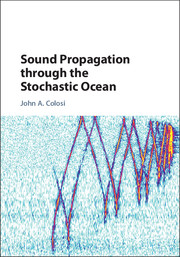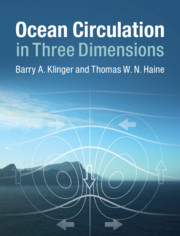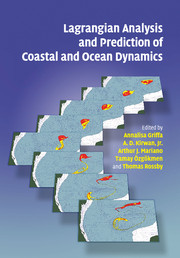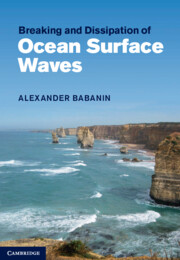Sound Propagation through the Stochastic Ocean
The ocean is opaque to electromagnetic radiation and transparent to low frequency sound, so acoustical methodologies are an important tool for sensing the undersea world. Stochastic sound-speed fluctuations in the ocean, such as those caused by internal waves, result in a progressive randomisation of acoustic signals as they traverse the ocean environment. This signal randomisation imposes a limit to the effectiveness of ocean acoustic remote sensing, navigation and communication. Sound Propagation through the Stochastic Ocean provides a comprehensive treatment of developments in the field of statistical ocean acoustics over the last 35 years. This will be of fundamental interest to oceanographers, marine biologists, geophysicists, engineers, applied mathematicians, and physicists. Key discoveries in topics such as internal waves, ray chaos, Feynman path integrals, and mode transport theory are addressed with illustrations from ocean observations. The topics are presented at an approachable level for advanced students and seasoned researchers alike.
- Offers a comprehensive treatment of wave propagation theory, observations, and relevant ocean dynamics, particularly internal waves
- Presents simple conceptual models as well as state of the art models, making it relevant to a broad range of readers from students to researchers
- Provides an exposition of acoustic fluctuations in a broad variety of ocean environments showing key differences in applying acoustic fluctuation theories
Product details
June 2016Adobe eBook Reader
9781316685112
0 pages
0kg
98 b/w illus. 26 colour illus. 17 tables
This ISBN is for an eBook version which is distributed on our behalf by a third party.
Table of Contents
- Part I. Introduction and Prerequisites:
- 1. Sound propagation through the stochastic ocean
- 2. Acoustical prerequisites
- 3. Stochastic ocean internal waves
- 4. Introduction to acoustic fluctuations
- Part II. Wave Propagation Theories:
- 5. Ray theory
- 6. Weak fluctuation theory
- 7. Path integral theory
- 8. Mode transport theory.








